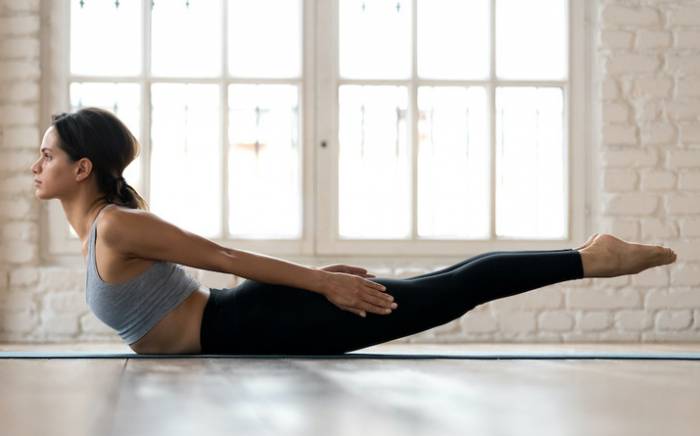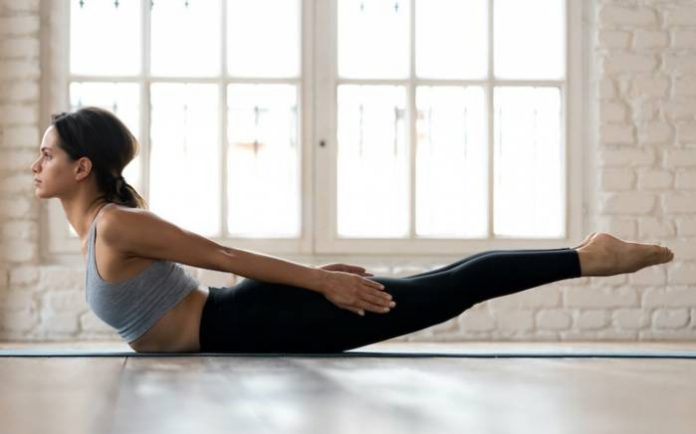Whether you are training to improve your overall fitness, to get better at a particular sport or simply for aesthetics, you need to ensure that you get the best return possible for your efforts. If you’re going to take the time to go to the gym, hit the pavements, put in time on specialised gym equipment, attend workout classes, or train with your local team, taking the right approach to your workouts will ensure that you maximize your results.

A lot of people make the mistake of focusing on particular muscle groups when they’re training, often to the detriment of other parts of the body. This is a big mistake. If you need to improve lower body strength for your sport, or you want to bulk up your arms and shoulders to look stronger, your training needs to focus on more than just these two areas. For a comprehensive approach to fitness and to prevent injury, it’s vital that you train every part of your body.
Let’s take a look at just some of the reasons that you should focus on training your entire body, instead of isolating particular areas.
You Need Balance
If you want a stronger upper body, of course, you will need to train your arms, chest, back, shoulders, and core. However, if you neglect your lower body, your physique will be completely unbalanced in appearance. What’s more, without a solid foundation, you will only be able to progress so far with your training. To become fitter and stronger overall, you need to balance out your training, focusing on developing total body fitness and strength.
Rest And Recovery
For your muscles to become stronger and more durable, you need to give them time to rest and repair between sessions. While working out your entire body might seem like you are taking on more work, the truth is that by working out different muscle groups on different days, you will give the parts of your body that you are not training on that day a chance to recover.
Keep Things Interesting
Just because you are taking a full-body approach to your workouts, does not mean you need to train your entire body every session. Instead, focus on different muscle groups and aspects of your training on different days so that you can mix things up and ensure that your training never gets boring.
Changing up your workouts from day to day to focus on different areas and goals will also help to prevent your progress from plateauing, as your body will have to keep adapting to new training moves and exercises.
Injury Prevention
Building strength and improving flexibility can significantly reduce your risk of injury. Training your entire body, rather than just specific muscle groups will ensure that your body is supported and protected when you are working out. Working on building strength in your entire body will also allow you to complete goal-specific training exercises more effectively, as you will have better overall strength.
For example, if you are a runner, you will naturally want to build strength in your legs. However, working on developing a strong core will help to improve your posture, helping you to avoid lower back injuries and other potential problems when you’re training.
Take A “Whole Body” Approach To Your Training To Get The Best Results
No matter what it is that you are training for, with a whole-body approach to your workouts, you can ensure that you get the best possible return for your efforts. Develop a training schedule that allows you to work out your entire body and you can be sure that the results will speak for themselves.











































